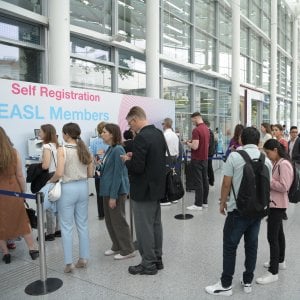Alcohol, alarm in Europe: the liver is in danger
by our correspondent Elvira Naselli
Health

How common is alcohol consumption among the very young in Italy? The issue is currently at the center of the debate sparked by recent news events and violent episodes among teenagers, which alcohol has played a part in reconstructing.
The goal is a regular snapshot of young people’s relationship to alcoholOna (National Alcohol Observatory) of the Higher Institute of Health. And according to the latest available data published in Report 2023In 2021, around 1.37 million 11- to 25-year-olds drank alcohol in a way that is harmful to their health.
In this age range, which spans teens from little more than children to young adults, 18.6% of men and 12.8% of women are vulnerable users, “with decreasing frequency but nowhere near what is expected value of zero,” the statement reads. Experts point this out.
by our correspondent Elvira Naselli
There are 620,000 minors – ie 16.5% of men and 14.2% of women aged 11-17 – who appear to have drunk alcohol and are among the ‘risk users’ who would have applied for identification and a motivational counseling measure and demand. The aim is to raise awareness of the risks and harm caused by alcohol.
And then there’s this Binge drinkingBinge drinking, a practice that affected 11.4% of men and 6.4% of women aged 11 to 25 this year. Among the under-18s, 2.3% of men and 1.8% of women have experienced binge drinking. Among 18-20 year olds, 72.3% of men and 62.2% of women consume alcoholic beverages, 300,000 drink in a risky manner and 279,000 get drunk. Among 21-25 year olds, around 450,000 are high-risk users, 19.9% of men and 10.9% of women, 424,000 are those who get drunk.
by our correspondent Elvira Naselli

Numbers that lead experts to reaffirm the urgency of a “national strategy for young people that targets the goals of the European Parliament’s zero-alcohol strategy resolution and those of the WHO,” according to the World Health Organization, “which for years identified context and youth goal classified as non-alcoholic.